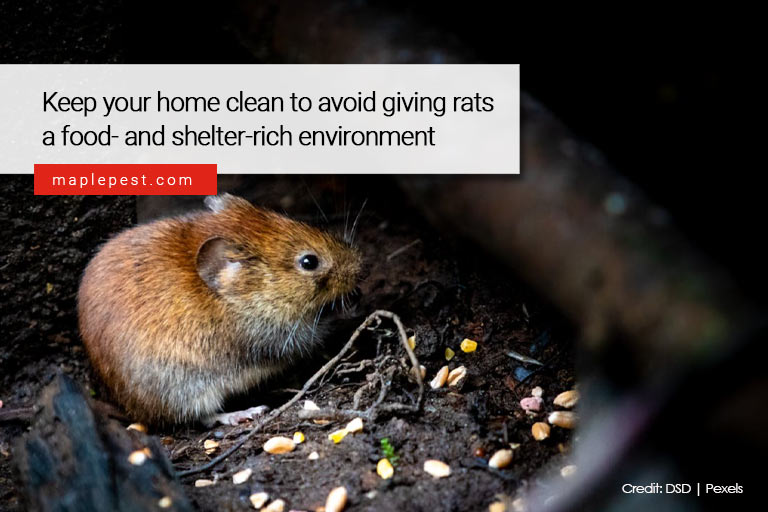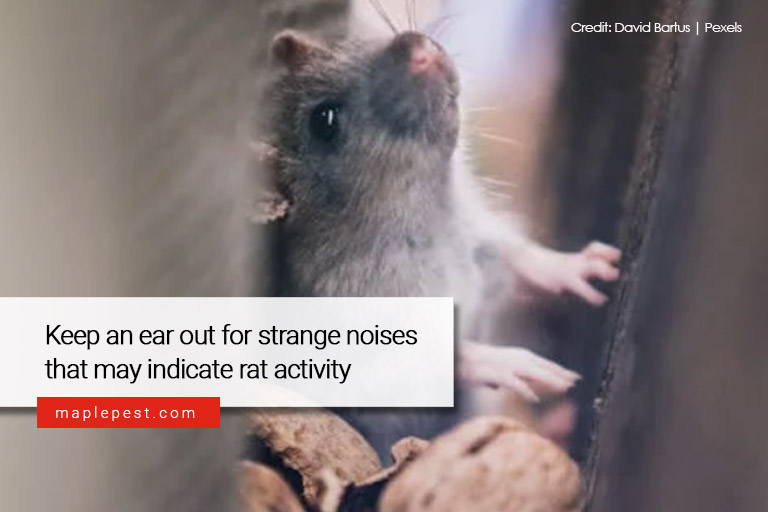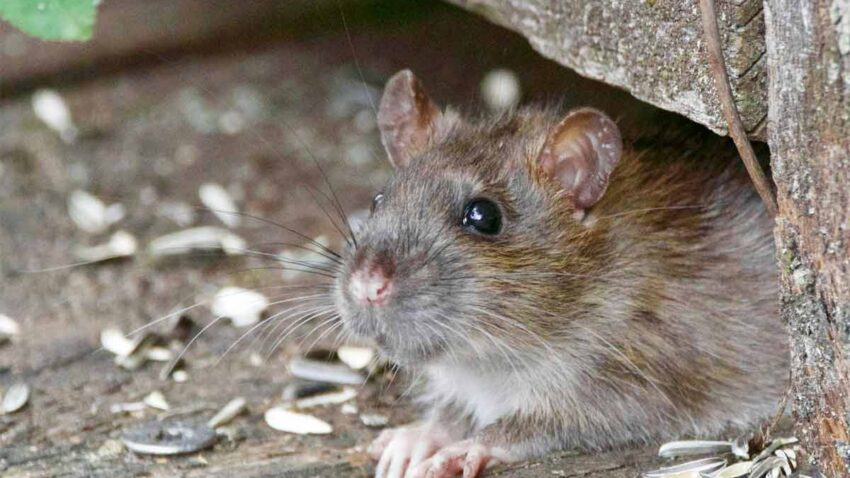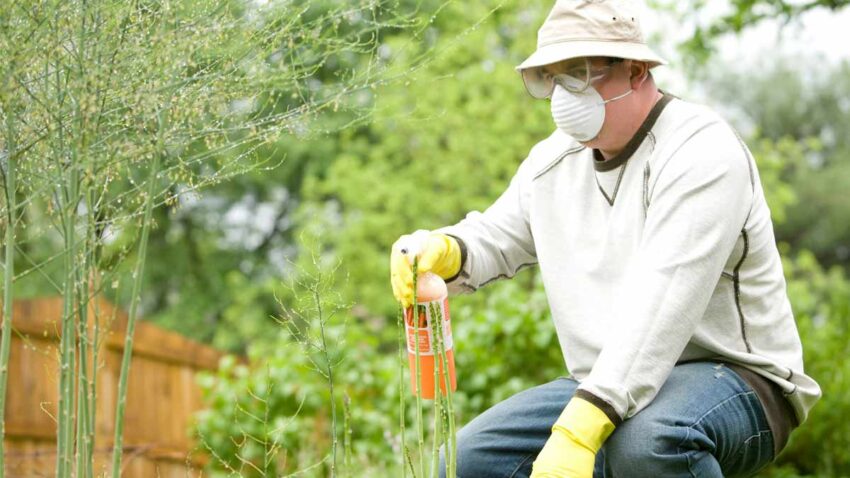Rats are more than just a nuisance; they pose significant health risks and can cause extensive damage to your property. In many parts of Toronto, rats are a constant problem. In Etobicoke, for example, a recent infestation has begun plaguing local homeowners. In the case of Richmond Hill residents, where urban areas meet natural landscapes, rats often find their way into homes in search of food, shelter, and warmth. Protecting your home from these persistent rodents requires a proactive approach and a combination of prevention, identification, and removal strategies. This ultimate guide will provide you with all the necessary steps to keep your home rat-free.
 Understanding the Rat Problem
Understanding the Rat Problem
Before diving into the specifics of keeping your home rat-free, it’s crucial to understand why rats are attracted to homes in the first place. Rats are opportunistic creatures that thrive in environments where food, water, and shelter are readily available. In Richmond Hill, homes near wooded areas, parks, and bodies of water are particularly susceptible.
Rats are nocturnal and excellent climbers, capable of squeezing through very small openings. They often enter homes through cracks in the foundation, gaps around windows and doors, and even through sewer lines. Once inside, they can cause significant damage by gnawing on wires, insulation, and structural elements. Moreover, rats can contaminate food and surfaces with their droppings, urine, and fur, posing serious health risks.
Prevention: The First Line of Defence
Preventing rats from entering your home is the most effective way to protect your property. Here are some key preventive measures to implement:
1. Seal Entry Points
Inspect your home for any potential entry points. Rats can squeeze through openings as small as a dime. Seal cracks in the foundation, gaps around windows and doors, and holes in walls with steel wool, caulk, or metal flashing. Ensure that vents and chimneys are properly screened.
2. Eliminate Food Sources
Store food in airtight containers and promptly clean up spills and crumbs. Keep garbage in tightly sealed bins and dispose of it regularly. Avoid leaving pet food out overnight, and ensure bird feeders are placed away from the house.
3. Maintain Your Property
Keep your yard tidy by regularly trimming shrubs, grass, and trees. Remove any debris, such as piles of wood or leaves, that could provide shelter for rats. Ensure that compost bins are securely covered and placed away from the home.
4. Secure Water Sources
Fix any leaks in plumbing and ensure that drains are clear and functioning correctly. Remove standing water from areas around the house, including gutters and birdbaths.
Identifying a Rat Infestation
Early identification of a rat infestation is crucial for effective removal. Here are some signs to watch for:
1. Droppings
Rat droppings are typically dark, cylindrical, and about the size of a grain of rice. You may find them near food sources, along walls, or in hidden areas like attics and basements.
2. Gnaw Marks
Rats need to gnaw continuously to keep their teeth from growing too long. Look for gnaw marks on wood, wires, and plastic materials.
3. Tracks and Smudges
Rats often leave greasy smudges along walls and floors where they travel. You may also notice tracks in dusty areas.
4. Nests
Rats build nests from shredded materials like paper, fabric, and insulation. Check hidden areas such as behind appliances, in attics, and in crawl spaces.
 5. Noises
5. Noises
Rats are nocturnal and can often be heard scurrying, scratching, or squeaking at night, particularly in walls, ceilings, and attics.
Effective Rat Removal Strategies
If you have identified a rat infestation, it’s time to take action. Here are some effective methods to remove the rats once you’ve determined they’re there:
1. Traps
Traps are a common and effective method for catching rats. There are several types of traps available:
– Snap Traps
These are the traditional wooden or plastic traps that kill rats instantly.
– Live Traps
These traps capture rats alive, allowing you to release them far from your home.
– Glue Traps
These traps use a sticky surface to catch rats, but they are less humane and not recommended.
2. Baits and Poisons
Rodenticides, or rat poisons, are available in various forms, such as pellets, blocks, and liquids. While effective, they must be used with caution, especially in homes with children and pets. Bait stations can help protect non-target animals from accessing the poison.
3. Electronic Repellents
Electronic repellents emit ultrasonic waves that are unpleasant for rats but inaudible to humans and pets. These devices can be effective in deterring rats from entering specific areas.
4. Professional Pest Control
For severe infestations, it’s best to call in professional pest control services. Pest control experts have the experience, tools, and knowledge to effectively eliminate rats and prevent future infestations. They can also identify and seal entry points that you might have missed.
Long-Term Rat Control
Once you’ve removed the rats from your home, it’s essential to implement long-term control measures to prevent future infestations. This approach may sound like it may take time to come to fruition, but it’s not as bad as all that. In Ottawa, residents are exploring introducing birth control into rat populations in an effort to reduce their numbers. In your case, some tips that might help include:
1. Regular Inspections
Conduct regular inspections of your home and property to identify and address potential entry points and signs of rat activity. Early detection is key to preventing a full-blown infestation.
2. Ongoing Maintenance
Continue to maintain a clean and tidy yard, store food properly, and eliminate water sources. Regularly inspect and repair any damage to your home’s exterior.
3. Monitoring Devices
Consider using monitoring devices, such as electronic repellents and traps, to detect rat activity early. These devices can alert you to a potential problem before it becomes severe.
4. Community Efforts
Rats can easily move from one property to another, so it’s beneficial to work with your neighbours to implement preventive measures. Community efforts can significantly reduce the overall rat population in your area.
Rats are a persistent problem in many urban and suburban areas, including Richmond Hill. By understanding why rats are attracted to homes and taking proactive measures to prevent and eliminate infestations, you can protect your property and ensure a healthy living environment. Remember to seal entry points, eliminate food and water sources, and maintain your property to keep rats at bay. If you do encounter a rat infestation, use a combination of traps, baits, and professional pest control services to effectively remove them. Implementing long-term control measures will help keep your home rat-free for years to come.
When you need a reliable pest control service to keep the rats under control, give Maple Pest Control a call. We have a wealth of experience handling rat problems for our clients, among other pests, and we’re happy to help you take care of your pest problems. We also include a 6-month pest-free period after we’ve worked, ensuring your pests don’t come back long after we’ve concluded work. Give us a call now at (416) 520-8575 for a pest-free home.
 Understanding the Rat Problem
Understanding the Rat Problem 5. Noises
5. Noises

